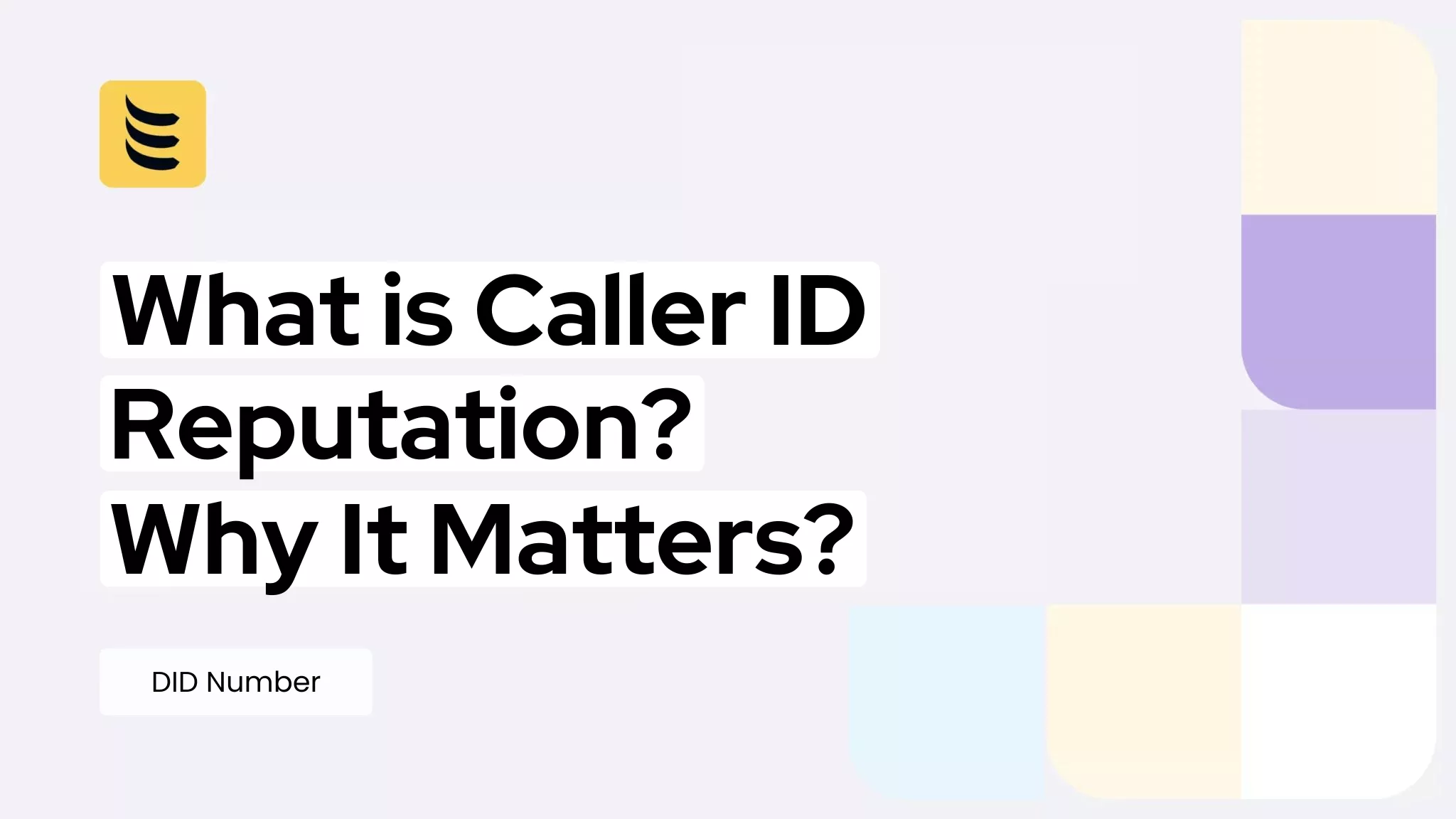The past two years of the COVID-19 pandemic have caused a global rethink of the very nature of work, commerce, interpersonal contact, and collaboration. With this change in mindset has come a shift to the digital realm, which is manifesting in the growth of eCommerce, contactless technologies, and a reliance on the internet and the cloud to facilitate business processes and communication.
These trends have implications for both the present and the future. In a recent study by 451 Research, it was revealed that 67% of organizations anticipate that remote working policies will remain in place either permanently, or for the long-term. Many large international concerns are giving serious thought to closing down some of their branch offices entirely and relying on remote workers as a standing model for their Human Resources.
In this changing work environment, organizations will require collaboration and communications solutions that enable them to seamlessly connect workers across the globe. They will also need flexible and scalable systems that can enable them to adapt to changing conditions and position them to evolve in the future.
The Growth of Microsoft Teams as a Cloud Telephony Solution

During the course of the pandemic, videoconferencing has become a standard form of personal interaction and information exchange, fueled by the success of platforms such as Zoom and Microsoft Teams.
For commercial enterprises in particular, the Microsoft Teams ecosystem has become the remote working and collaboration medium of choice. Based on the Azure cloud platform, MS Teams is built on a microservices architecture and consists of many independent components that deliver features such as messaging, meetings, files, a calendar, and apps.
According to Microsoft, as of April 2020, the Teams platform has more than 75 million daily active users, 200 million daily meeting participants, and 4.1 billion daily meeting minutes. For the most part, enterprise subscribers have been shying away from using Teams for external communication, preferring it as a tool for internal collaboration. However, this situation is expected to alter in the next couple of years.
The underlying reason for this is the ability of Microsoft’s Phone System to convert Teams into a full enterprise cloud telephony solution, capable of enabling users to make and receive external calls directly from Teams on any device from anywhere in the world.
Small to medium-sized enterprises (SMEs) can use Microsoft Calling Plans to connect with the Public Switched Telephone Network, or PSTN. However, larger enterprise users will typically employ a third-party managed service provider, in a Direct Routing scheme. In this way, they can achieve wider geographic coverage, greater flexibility, lower call rates, and higher levels of technical support.
With these avenues for adoption, Microsoft Teams is emerging as a leading cloud telephony option for businesses. In fact, industry analysts are predicting that within the course of this year, as many as 90% of large enterprises using Teams for telephony will also use Direct Routing for PSTN connectivity.
How to Integrate Your Phone System with Microsoft Teams

For organizations with 300 people or less, CloudCALL 365 uses the Business Voice add-on to a Microsoft 365 subscription to enable calling with Microsoft Teams. For larger enterprises or organizations with Enterprise licenses to Microsoft Teams, the Phone System add-on can be used with Microsoft 365 Enterprise E1 and E3 licenses. It comes as standard with E5 licenses. In all cases, subscribers will need some kind of calling plan from a telecommunications provider.
There are a number of infrastructure options to choose from.
With a fully cloud-hosted phone system that has a built-in Microsoft Teams calling plan, the Microsoft 365 platform takes on the management burden for call control, Private Branch Exchange (PBX), and the Public Switched Telephone Network (PSTN). Organizations may typically choose from various plans, depending on their need for international and long-distance call capacity.
With a third-party calling plan on a cloud-hosted phone system, Microsoft Teams enables subscribers to manage internal voice call features while using Direct Routing to connect to a third-party telephony carrier. A feature called Operator Connect enables access to the Teams Phone platform for PSTN subscribers who have a partner carrier that integrates with Teams.
Using a combination of mechanisms, organizations can operate a mixed-mode telephone system. Here for example, they might use Microsoft Teams for internal voice call management, a Teams calling plan, a third-party telecommunications service, and a partner carrier to integrate within Teams using the Operator Connect function.
Having selected an infrastructure option, organizations must then face the management tasks of migrating existing phone services to Teams Phone, managing PSTN phone numbers (where relevant), and formulating procedures for handling internal, local, long-distance, and emergency calls.
Why Telephony with Microsoft Teams Is Trending
With the once-ubiquitous Skype for Business shelved as of 31 July 2021, many organizations are now turning to Microsoft Teams as their alternative solution for unified telephony and communications. As a monolithic solution, Teams also provides an alternative for organizations that have been using a mix of various voice, collaboration, and conferencing systems.
Using Microsoft Teams as a cloud telephony solution also brings a number of benefits to organizations and their IT units. One of these is standardization. By using Teams Phone to take telephony to the cloud, businesses can use the same infrastructure policy across all their regional offices and use the services of the same carrier. This reduces overall costs and complexity, gives administrators greater oversight and control, and provides the organization as a whole with greater flexibility, enhanced security, and a reduced compliance risk.
Relinquishing the burden of infrastructure management to a cloud telephony provider reduces costs for the enterprise. Organizations can also employ a single managed service provider, reducing the cost and contract complexity of dealing with multiple vendors.
The use of a single telephony platform provides all users with a consistent experience and enables administrators to run a centralized training and orientation program to ensure adoption. Central management makes it easy to add or remove user accounts and provides enterprise data on system utilization and costs. Users benefit from being able to access their phone system from any location, and on any device with internet capability.
With Teams Phone calls taking place via the internet rather than over the PSTN, call forwarding and internal calls between global offices attract no charge, while on the same network. Organizations can keep their existing direct-dial telephone numbers, with number porting available from most major carriers to enable businesses to keep their existing phone identities when moving voice calls to Teams.
Finally, Office 365 users migrating their cloud telephony to Teams retain the familiarity of a trusted software platform. Specifically, they can make external phone calls from the same user interface that they employ for internal meetings, chat, file-sharing, and other collaboration functions.
Expanding Your Teams Options with BYOC

The Bring Your Own Carrier or BYOC concept enables organizations to port their existing and familiar tools and applications to cloud-based platforms and ecosystems like Microsoft Teams, without losing functionality or service quality due to the integration.
From a financial perspective, BYOC provides a mechanism for organizations to control their operational and telephone network access costs. With independent cloud telecommunication providers tending to offer more flexible pricing plans and deals for adding more users, BYOC also makes it easier and more economical for businesses to scale their operations.
In everyday use, BYOC enables businesses to set up call routing through their chosen cloud communications provider. This allows for tighter control over call routing and improved call quality. Working on a BYOC basis with a trusted carrier also provides organizations with the security of knowing that local compliance and regulatory demands will be met during service.
More broadly, BYOC adds the elements of superior voice quality, scalability, carrier reliability, redundancy, coverage, and control to the organization’s overall telephony. These benefits can be repurposed in many ways for Microsoft Teams and other platforms such as Plivo, Genesys, and many more UCaaS (Unified Communications as a Service, CCaaS (Contact Center as a Service, or CPaaS (Communications Platform as a Service) providers.
Taking the Next Step with Microsoft Teams Cloud Telephony
IDT Corporation is a global provider of communications and payment services. IDT is a leading worldwide provider of Voice and SMS traffic, empowering international communication by carrying over 24 billion international minutes and 400 million SMS a year.
Through IDT you get access to the same Tier 1 network trusted by the world’s largest telecommunications providers. IDT has major hubs located in the United States, London, and China, as well as regional hubs throughout North and South America, Europe, Africa, and Asia. Our voice network has consistently delivered 99.999% uptime for over 20 years.
If you’d like to learn more about how IDT can serve as your BYOC partner for Microsoft Teams cloud telephony deployment, get in touch with us.




